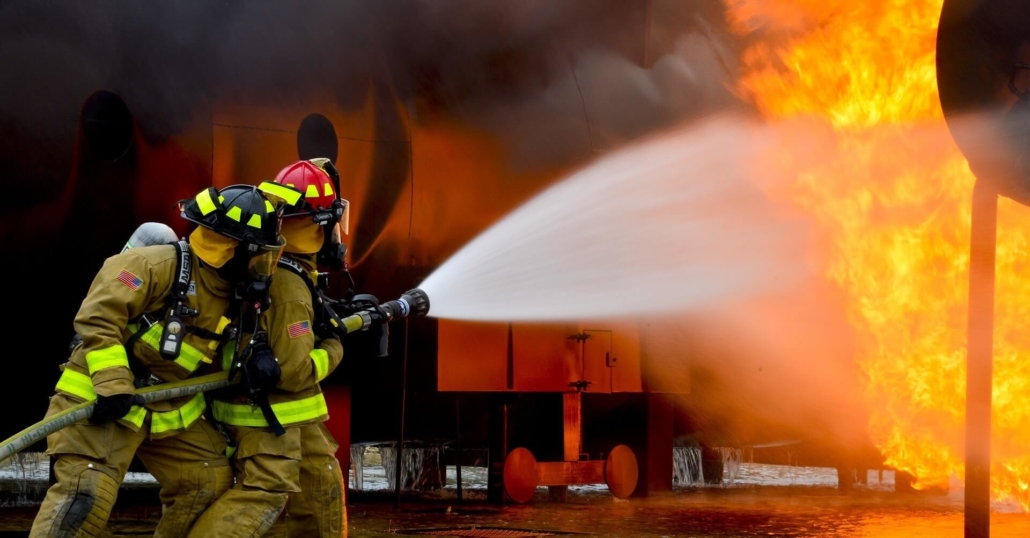For every business in Sydney it is essential to ensure that fire protection is not just an obligation of law, but also a vital part of keeping employees clients, customers, and the property protected. The risks that can arise from the occurrence of a fire can be avoided or mitigated with the right safety measures. Fire inspections, regular testing and the tagging of electrical systems and conformity with CFSP regulations all contribute to ensure a safe environment and ensure businesses remain compliant with the local government as well as Building Code of Australia (BCA) standards.

The importance of fire inspections for safety
Inspections for fires are the initial defense against any potential dangers. These inspections ensure that all components of the building’s fire-protection systems are working and up to date. Most businesses in Sydney are required to carry out inspections every six or twelve months each year, based on the kind of building they are operating and the council regulations. The inspection can include everything from sprinklers and fire alarm systems, to smoke detectors, fire hydrants and extinguishers.
What makes inspections so crucial is their ability to detect unnoticed issues before they become dangersome. Although it may not be a big deal that a slight issue in a fire hydrant or an alarm for smoke that’s blocked can result in death in an emergency. Regular fire inspections are a proactive method for business owners to not only ensure they meet their compliance obligations and safeguard themselves from unplanned tragedies.
Test and Tag: Addressing Hidden Electric Risks
Electrical systems are one of the major causes of fires at work. Testing and tagging is thus an essential part of a plan to ensure security from fire. This procedure involves checking the electrical equipment to ensure that it is safe, functional and compliant. This is and then attaching a visible label that demonstrates the item has passed inspection. This is a legal requirement that’s often not an easy one. In many businesses it’s a way to protect themselves from potential risks.
Unchecked, worn-out or old cables, appliances with problems or wiring that is not up to date can quickly turn into dangers to fire. Regular testing and marking minimizes the chance of an electrical malfunction that could cause an explosion. Employees also have confidence that the work environment is safe. This helps create a feeling of trust and security in the work place. In conjunction with fire inspections and testing, this complete safety plan reduces risks from multiple perspectives.
The Role of CFSP in ensuring Compliance and Certification
Only a Competent Fire Safety Professional (CFSP) located in New South Wales, can attest and sign vital documents pertaining to fire safety such as Annual Fire Safety Statements. The CFSP certification guarantees that only professionals with the appropriate qualifications can examine and validate fire safety measures. Utilizing a CFSP ensures that reports and inspections aren’t just paperwork they are reliable assessments by experts.
The job of a CFSP is more than just checking off boxes. These experts evaluate the performance and the condition of fire protection systems and provide complete reports. They also ensure conformity with the requirements of the regulatory authorities. Companies that do not have CFSP certification are at risk of legal repercussions, fines and even closing if their security measures for fire are judged to be inadequate. By partnering with professionals accredited in fire safety, it is possible to ensure that your systems are maintained correctly. You will also be able to meet legal requirements without having to put yourself under stress.
Fire Safety as an Ongoing Security Commitment
Fire safety is an ongoing requirement for all business owners. Regularly scheduled inspections and tests of electrical equipment, in conjunction with the proper certification of CFSP ensure a safety loop that will never end. Beyond compliance with law the continuous approach creates an environment of safety in the workplace. Employees feel secure knowing that evacuation plans clearly laid out are in place, smoke alarms are functional and emergency lighting is tested and fire protection systems are fully functional.
Treating fire safety as a continuous process rather than a yearly checkbox not only reduces risks but also strengthens a business’s reputation. If a workplace is geared towards security, clients and customers will feel more comfortable. In the long run investing in proactive fire protection will save cash by avoiding costly damage such as fines, legal battles, while also protecting the lives of those who walks into the building.
Conclusion
Sydney’s fire safety is a multi-layered procedure that involves inspections of testing, tagging and inspections and an official certification by a CFSP. Each of these components play a crucial role in assisting businesses to comply with laws, but most importantly in securing property and people. When safety is an integral element of business instead of an afterthought, businesses do not just meet their legal obligations but also ensure a safer and durable environment for the next.